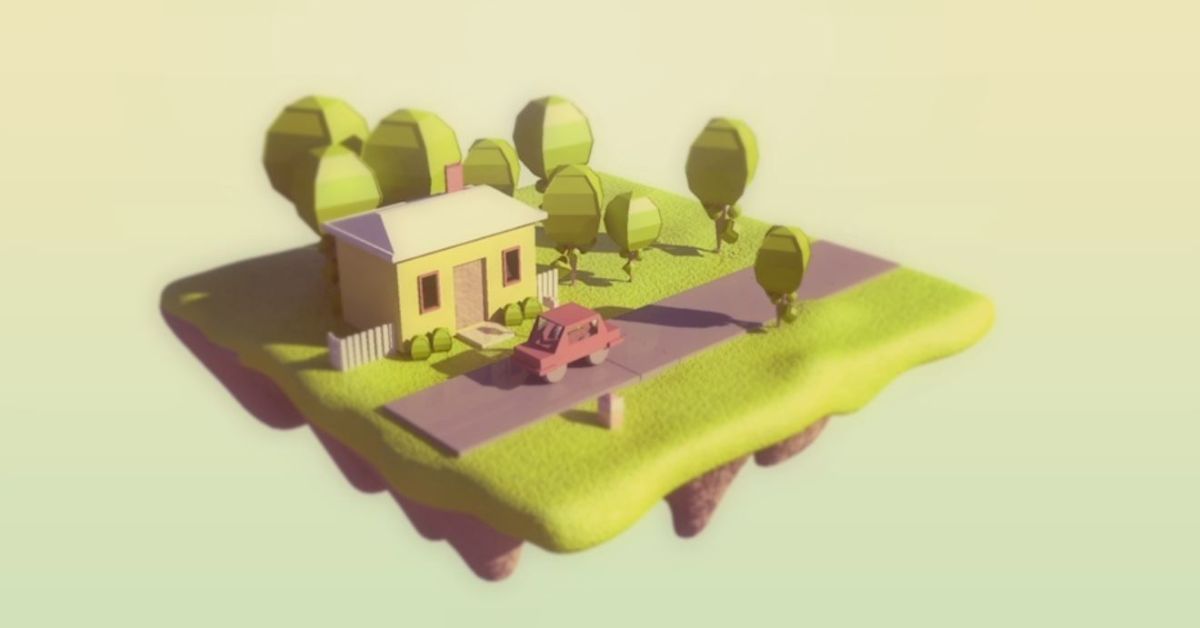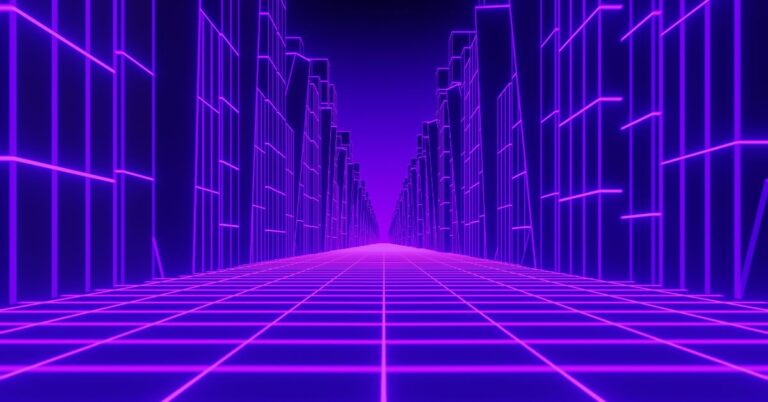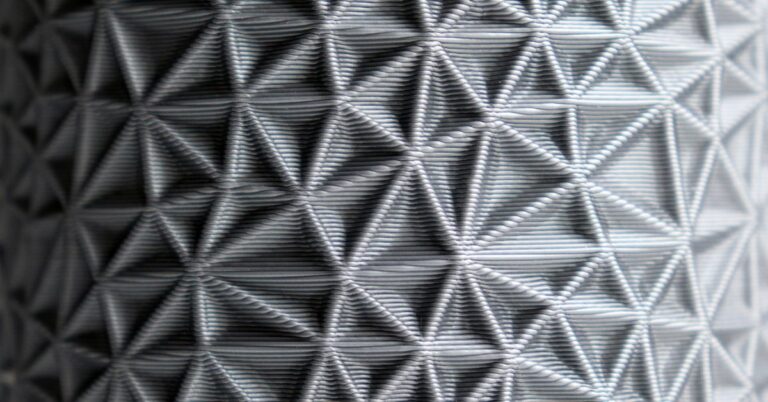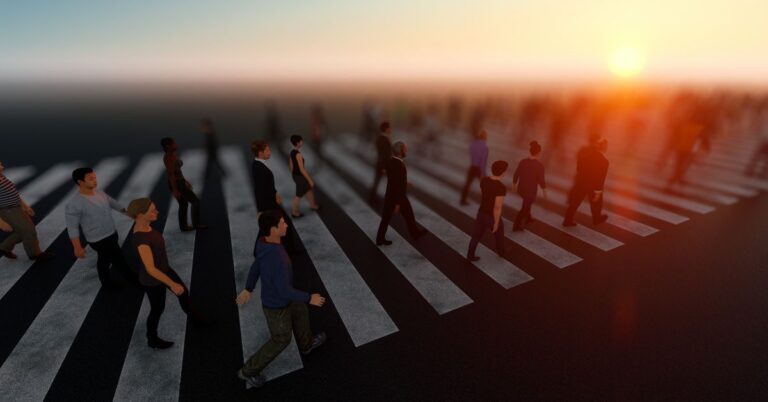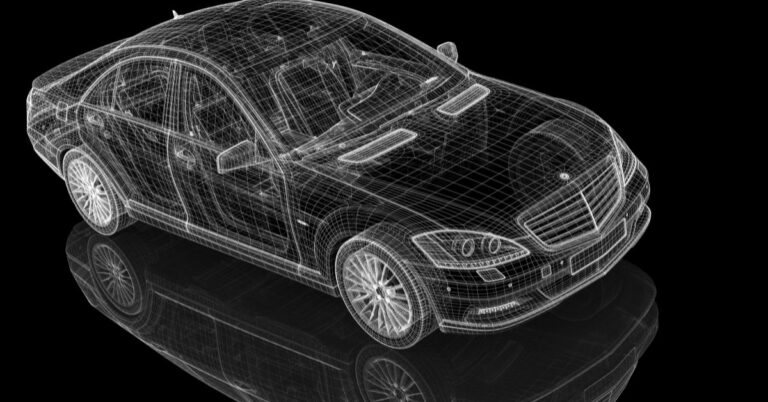3D Studio MAX Animation Tutorials
3D Studio MAX is a powerful 3D animation rendering and modeling software package used mostly by game developers, design visualization specialists, and visual effects artists. Learn tips to create rich and detailed renders with this article.
What is 3DS Max?
3ds Max is a software package used for 3D modeling, animation, and rendering. It is developed by Autodesk and is widely used in the gaming and film industry.
3ds Max has a wide variety of features that make it a powerful tool for creating 3D models and animations. It can be used to create characters, props, environments, and more.
3ds Max is a complex software package, but there are many tutorials available online that can help you get started with using it. Once you understand the basics of how to use 3ds Max, you can begin to create your own 3D models and animations.
Working with 3DS Max Menus
3ds Max has a variety of menus that control various aspects of the software. In this tutorial, we’ll take a look at some of the most important menus and what they do.
The first menu is the Main Menu. This menu contains all of the basic commands for working in 3ds Max. From here, you can create new scenes, open existing ones, save your work, and more.
Next is the Edit Menu. This menu contains all of the commands for manipulating objects in your scene. You can use it to move, rotate, and scale objects, as well as change their properties.
The Modify Menu is where you’ll find all of the commands for modifying objects. You can use it to add or remove modifier stack effects, change object properties, and more.
The Display Menu controls how objects are displayed in the viewports. From here, you can turn on wireframe mode, change shading options, and more.
Finally, the Help Menu provides access to 3ds Max’s built-in help system. From here, you can search for help topics, access tutorials, and more.
Creating Objects
To create an object in 3D Studio MAX, you will need to use the ‘Create’ tab on the menu bar. This tab contains all of the tools you need to create basic 3D objects. To create a new object, simply click on the desired tool and click and drag in the workspace to create your object. You can also use keyboard shortcuts to create objects quickly.
Once you have created your object, you can then begin to add details to it. To do this, you will need to use the ‘Modify’ tab on the menu bar. This tab contains a variety of tools that you can use to edit your object. For example, you can use the ‘Move’ tool to move individual vertices around. Or, you can use the ‘Extrude’ tool to add new faces to your object.
Once you have added all of the desired details to your object, you can then begin animating it. To do this, you will need to use the ‘Animation’ tab on the menu bar. This tab contains a variety of tools that you can use to animate your object. For example, you can use the ‘Keyframe’ tool to create keyframes for your animation. Or, you can use the ‘Graph Editor’ tool to edit your animation curves.
Note that when you are making an object, you will be able to preview the object at any time by pressing the play button.
To save your object, go to the ‘File’ menu and select ‘Save’. You can choose to save your object as either a .dae file or as a .blend file. The .dae (Collada) format is a very common format for storing Blender objects. However, if you choose to save in this format, then you will only be able to open the file in Blender. If you want other people to be able to open your file without having Blender installed on their computer, then you will want to save it as a .blend file. You may also want to save your final object in this format if you are planning on using your object in a video game or in a more advanced 3D application like Cinema4D.
Transforming and Adjusting Objects
There are a few things you need to know in order to transform and adjust objects in D Studio MAX. First, you need to select the object or objects that you want to transform. You can do this by clicking on the object or objects with your mouse. Once you have selected the object or objects, you can use the various transformation tools to move, rotate, or scale them.
To move an object, you can use the Move tool. To rotate an object, you can use the Rotate tool. To scale an object, you can use the Scale tool.
You can also use various adjustment tools to change the properties of an object. For example, you can use the Color tool to change the color of an object, or the Texture tool to change its texture.
With these basic skills, you should be able to transform and adjust objects in D Studio MAX.
Lighting and Rendering Scenes
There are many different ways to light and render scenes in D Studio MAX. In this tutorial, we will take a look at two different methods.
The first method is to use the Lightmapper tool. This tool allows you to create complex lighting setups quickly and easily. You can use it to create both directional and point lights. Once you have created your lights, you can render your scene by clicking on the Render button in the Lightmapper tool.
The second method is to use the Render Scene dialog box. This dialog box allows you to control all aspects of your rendering process, including the type of light used and the quality of the render. To access this dialog box, go to the Render tab in the main menu and click on the Render Scene button.
Both of these methods are valid ways to light and render scenes in D Studio MAX. Which one you use will depend on your own preferences and workflow.
Conclusion
D Studio MAX is an incredibly powerful animation software, and these tutorials have only scratched the surface of what it can do. We hope that you’ve found them helpful in getting started with your own animations. If you’re looking for more in-depth tutorials, we recommend checking out some of the other excellent resources online. With a little practice, you’ll be able to create amazing animations using D Studio MAX.

